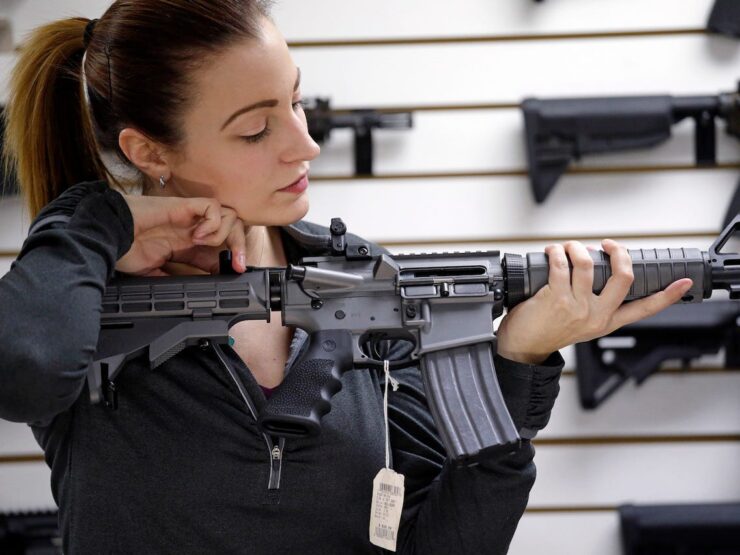Most first-time DIY AR15 budget builds are simplistic by nature. Make your build easier by picking the right upper receiver, click here to learn more. Since dollars drive the budget build, most of us choose the most cost-effective barrels, upper receivers, firing systems, and buttstocks to make up the rifle.
In time, and when your pocketbook can handle it, you may decide to modify some of those first attempts or build a rifle that has all the bells and whistles, including what type of muzzle device you choose to install on your AR15.
Depending on the scenario, a simple A2 flash hider may not be enough. How do you know which one will work best for you with a market populated with all kinds of flash hiders, muzzle brakes, compensators, and suppression adapters?
Understanding what each muzzle device does and how it will aid your style of shooting is the answer. Each device serves its purpose well. Understanding that purpose is the first step to picking a suitable muzzle device.
1. Muzzle Brakes
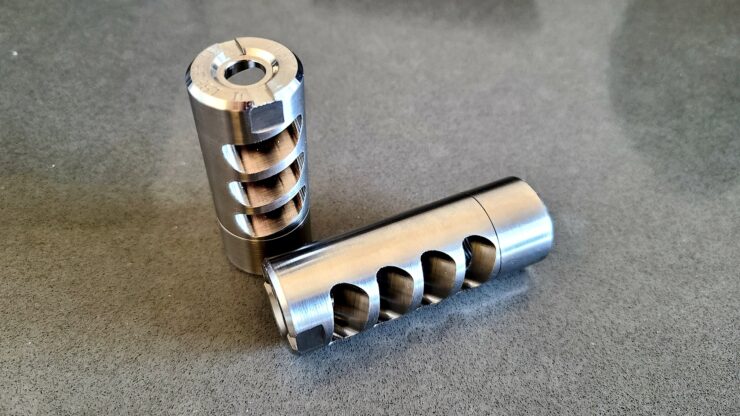
These flame-throwing devices spew both volumes of sound and fireworks out of both sides of your rifle. In broad daylight, firing with a muzzle brake usually isn’t an issue, but firing your AR15 with a muzzle brake device on the barrel in the dark of night is problematic and a sure way to tell everyone where you are.
Firing in daylight competition with a muzzle brake device helps lessen recoil and minimize muzzle lift. When it’s necessary to rapidly acquire a target and fire off multiple shots at a time, installing a muzzle brake is often an excellent addition to the barrel of your AR15.
Don’t let the choice of words compensator and muzzle brake confuse you. A muzzle brake is technically not a compensator. A muzzle brake has chambers that allow the escaping gas to push forward against and help prevent the rifle from moving backward into your shoulder while a compensator vents gas upward to eliminate muzzle rise. That being said, these terms are basically interchangeable now as most new muzzle brake/compensators do both at the same. As compensators (muzzle brakes) go, look at the ones offered by Enterprises BattleComp and Bravo Company USA.
If you’re thinking about eventually adding a suppression system, take a hard look at Surefire’s muzzle brake. On its own, it provides the same positive effects for reduced muzzle lift and less recoil and doubles as a mount for a suppressor.
Whichever route you choose to go, all three companies offer excellent compensator solutions at more than reasonable prices.
When installing your muzzle break, take the time to ensure proper orientation. Most of these compensators are for ambidextrous shooting, so you’ll want to ensure the muzzle break is rotated to a position that provides maximum benefit for both muzzle lift and recoil.
2. Flash Hider
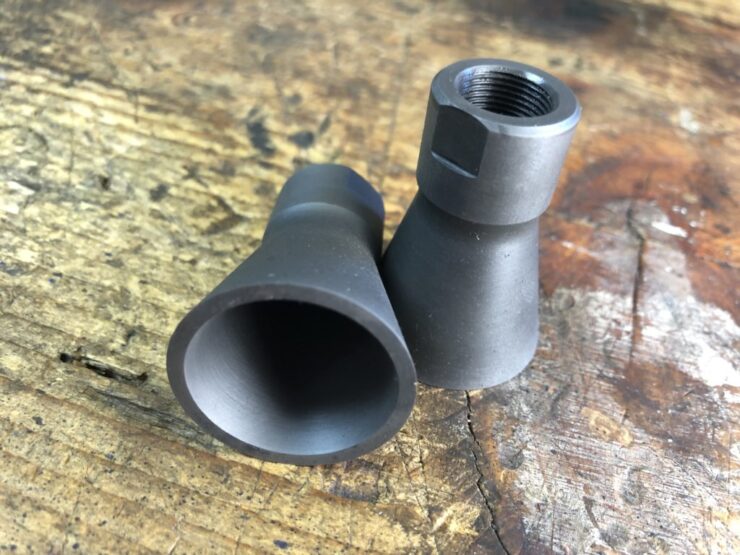
Although a flash hider does what it’s supposed to, it rarely suppresses all of the fiery exhaust tearing out of the tip of your AR15’s muzzle.
However, if you’re in a team competition where your shooting mates are standing a few feet away from your position, the last thing you need to throw their way is explosive booms and flames from that blowtorch muzzle brake on the end of your barrel.
When installing a flash hider, the field is wide open with multiple iterations. Sometimes, picking the right flash hider for the muzzle of your AR15 is tricky. You’ll hear terms used such as birdcage or A2 or flash cone, but don’t worry, they all pretty much mean the same thing and operate in much the same fashion.
Again, what determines your choice is the results you expect to gain. When searching for a quality flash hider, look at a few offered by Enterprises BattleComp and Bravo Company USA. Not only do both companies offer quality muzzle brakes, but they produce several styles of flash hiders.
3. Flash Diverter
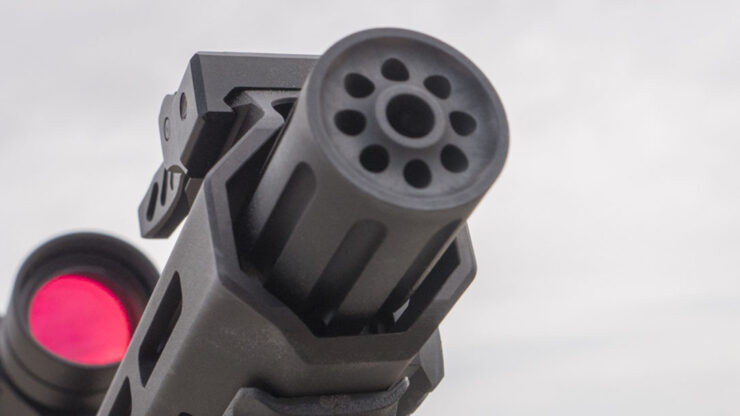
When is a muzzle break not a muzzle brake? When it’s a flash diverter. The name of this muzzle device tells the complete story. First and foremost, it diverts the hot gasses exiting the muzzle away from the rifle and, of course, away from you. Some flash diverters will help with the recoil and lessen muzzle rise, but it also has a tactical purpose.
If a flash pouring from the muzzle is flowing away from you and not to the sides, it will make a more pleasant shooting experience for those next to you.
4. Sound Suppression Systems
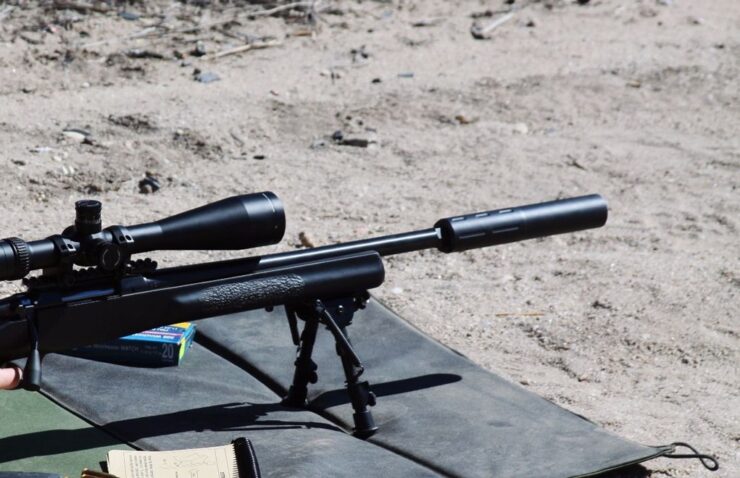
At the risk of going down the Delta Force or James Bond rabbit hole, fitting a sound suppressor or “can” on the muzzle of your AR15 may be just what you need.
But it’s not all about looking snazzy. A sound suppressor provides some valuable benefits. When hunting birds on the wing or deer, the last thing you may want to do is let every animal in the kingdom know you’re there by ripping off a few booming rounds.
Even if you’re the one wearing a pair of quality earmuffs, shooting an AR15 equipped with a sound suppressor on the muzzle is doing your part to reduce the population’s ever-increasing noise problems.
Of course, as with muzzle breaks and flash hiders, not all suppression systems are alike. The threads of your barrel’s muzzle or TPI will usually dictate what type of sound suppressor you’ll eventually end up purchasing.
One good thing about most sound suppressors on the market today is they don’t require cleaning. The pressure of the bullet passing through the tube surrounded by baffles does a fine job in flushing out most, if not all, of the particle buildup.
However, if you’re planning on attaching a suppressor to a rimfire semi-automatic, then you need to know you’ll be cleaning that suppressor a lot.
Rimfire cartridges are messy little animals. Each cartridge throws tons of particles through the barrel and into your suppressor. After a little over three hundred rounds, it will be necessary to clean.
You’ll find one of the more versatile and user-serviceable suppressors at Silencer Central. The Banish 30 or Banish 30 Gold handles calibers from .17 to .30, and if you’re seeking one of the best suppressors for your .223/7.62 AR15, the Dead Air Sandman is one of the best user-serviceable suppressor systems for your AR15

